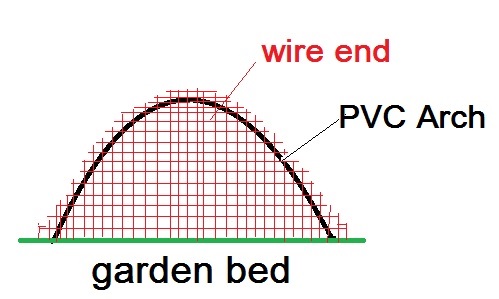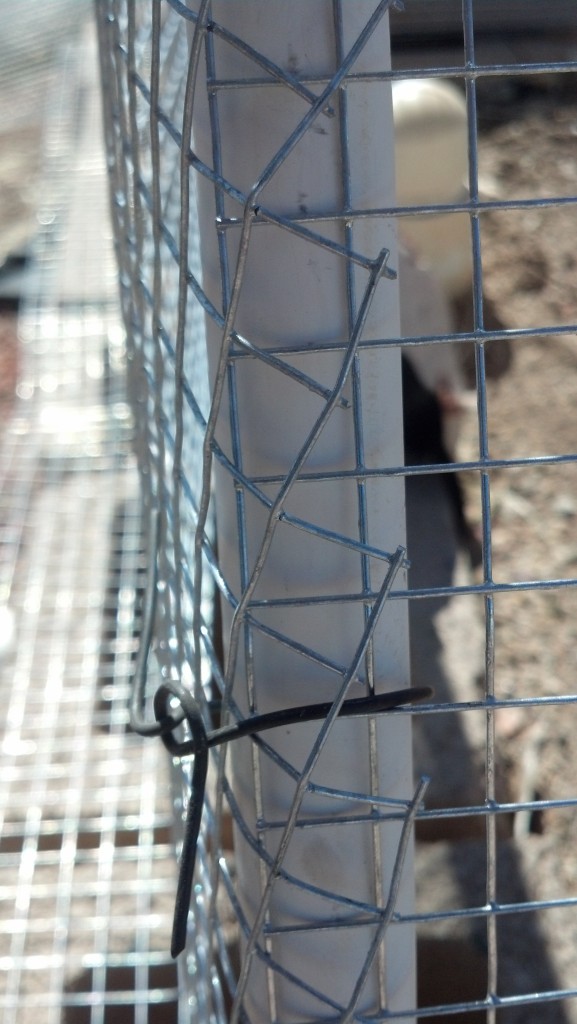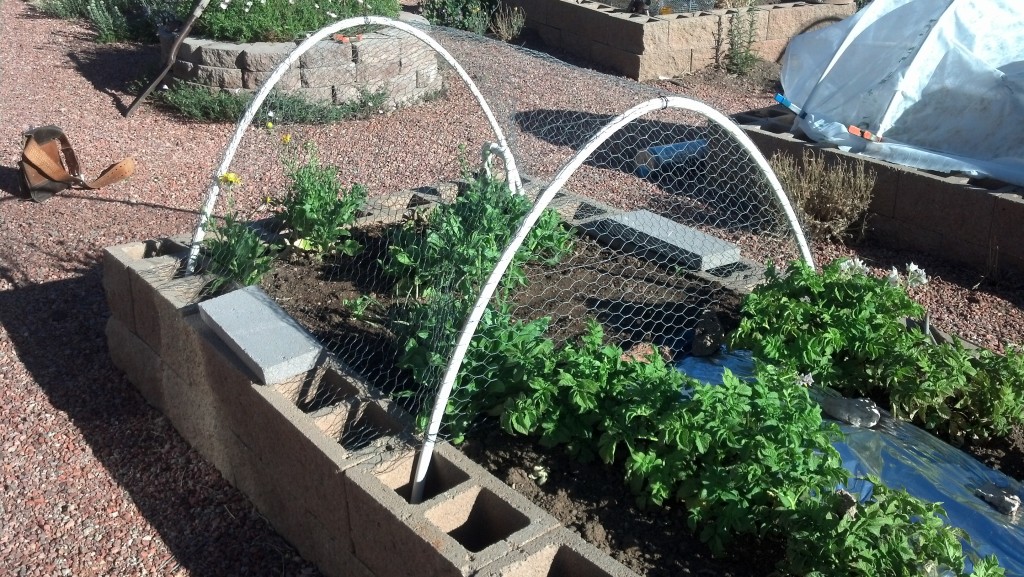No, this blog post is not about compost! I became aware of the phrase many, many years ago in reference to computer code. The idea was that if your code was garbage, your results would be garbage too. Well, like it or not, the same thing often goes for our gardens. Now that the main garden season is over, it is time to plan what we are going to do next year to make our garden better. We can’t necessarily control what Mother Nature throws at us, but we can try to moderate the effects enough so that we can feel good about our gardens.
I live in northern Arizona, in one of the most difficult locations that I have ever gardened. Our soil is an interesting collection of ash falls from various volcanic eruptions, along with rock dust and almost no organic material. The soil is so alkaline that a natural, mostly impermeable layer of calcium carbonate forms below the surface of the soil (caliche), usually one to two feet down – sometimes as much as 6 inches thick. The alkalinity of the soil prevents the plants from absorbing calcium (ironic huh?) so we have to supplement our tomatoes or they will have poor crop yield because of blossom end rot.
So what can we do about these issues? Well, one of the most important steps that we can take is to be extremely careful in our seed choices. I have several friends who insist on using random seeds that they save from store bought vegetables and fruit. That’s an admirable approach in many parts of the country, but here my friends are often not happy with the results. Why are the store bought vegetables or fruit so yummy and the next year’s result so disappointing? Simple, there is an excellent chance that the plant used to produce the vegetables was a hybrid.
So what exactly is a hybrid? It is when the breeder takes two or more plant varieties and purposefully combines the pollen from one with the flower from another to create a genetic combination of the two plants. Mankind has been manipulating plants in this manner for a very long time, and there is nothing dangerous about it. This does not involve any genetic manipulation other than what Mother Nature sometimes does herself. Ancient man chose and kept the seeds from the best plant and in that way gradually improved the quality of the plants that he could grow. Modern traditional hybrids (non-GMO) are created for many reasons, including flower colors and forms, flavor profiles in fruits and vegetables, disease resistance, plant height and form, and fruit longevity (how fast does it rot), just to name a few.
So how do we learn about the seeds that we are using and locate quality seeds to buy? Read. Read everything that you can find about seed varieties and their characteristics. If a company won’t tell you if the seeds are hybrids, or not, you need to consider whether you want to do business with them. I also strictly avoid all GMO seeds and deal only with companies that provide a non-GMO promise.
So how do we pick our seed varieties? We’ll talk about that next time!







